The UN's nuclear watchdog believes Iran is ramping up it's nuclear program with advanced technology, pushing its program closer to weapons-grade potential.
Plans to accelerate its nuclear program involve deploying thousands of advanced centrifuges at its key facilities, according to the United Nations' International Atomic Energy Agency (IAEA).
The move raises fresh concerns over the progression of Tehran's uranium enrichment.

Aftermath of U.S. Withdrawal From Nuclear Deal
The IAEA report detailed that Iran intends to begin enriching uranium at 5 percent purity using its IR-2M, IR-4, and IR-6 centrifuges at Fordo and Natanz.
These advanced machines, significantly more efficient than earlier models, could also enable Tehran to escalate enrichment levels quickly, if it chooses.
Iran's increasing defiance of international agreements first escalated after the collapse of the 2015 nuclear deal, formally known as the Joint Comprehensive Plan of Action (JCPOA).
The JCPOA was an agreement between Iran and several world powers, including the United States and Europe, aimed at curbing Iran's nuclear activities
It unraveled after the United States' unilateral withdrawal under then-President Donald Trump. The U.S. reimposed severe sanctions on Iran, prompting Tehran to retaliate by ramping up uranium enrichment far beyond the limits set by the JCPOA.
Iran also began restricting access for IAEA inspectors in an effort to obfuscate their intentions.

Europe Has Been 'Irresponsible,' Says Diplomat
Iranian diplomat Kazem Gharibabadi has pivoted the blame to Europe's inaction.
He met with Spanish EU diplomat Enrique Mora, posting on the X social media channel that key players on the continent have been "self-centered" while having "irresponsible behavior."
Mora also posted to X, stating: "Iran's military support to Russia that has to stop, the nuclear issue that needs a diplomatic solution, regional tensions (important to avoid further escalation from all sides) and human rights."
His criticisms stem from Tehran's perception that European nations have not effectively upheld their commitments under the JCPOA, or acted as neutral mediators in the face of U.S. withdrawal.
Europe promised to help offset the impact of renewed U.S. sanctions through mechanisms like INSTEX (Instrument in Support of Trade Exchanges)––a financial mechanism established by France, Germany, and the United Kingdom in January 2019 to facilitate non-dollar, non-SWIFT trade with Iran.
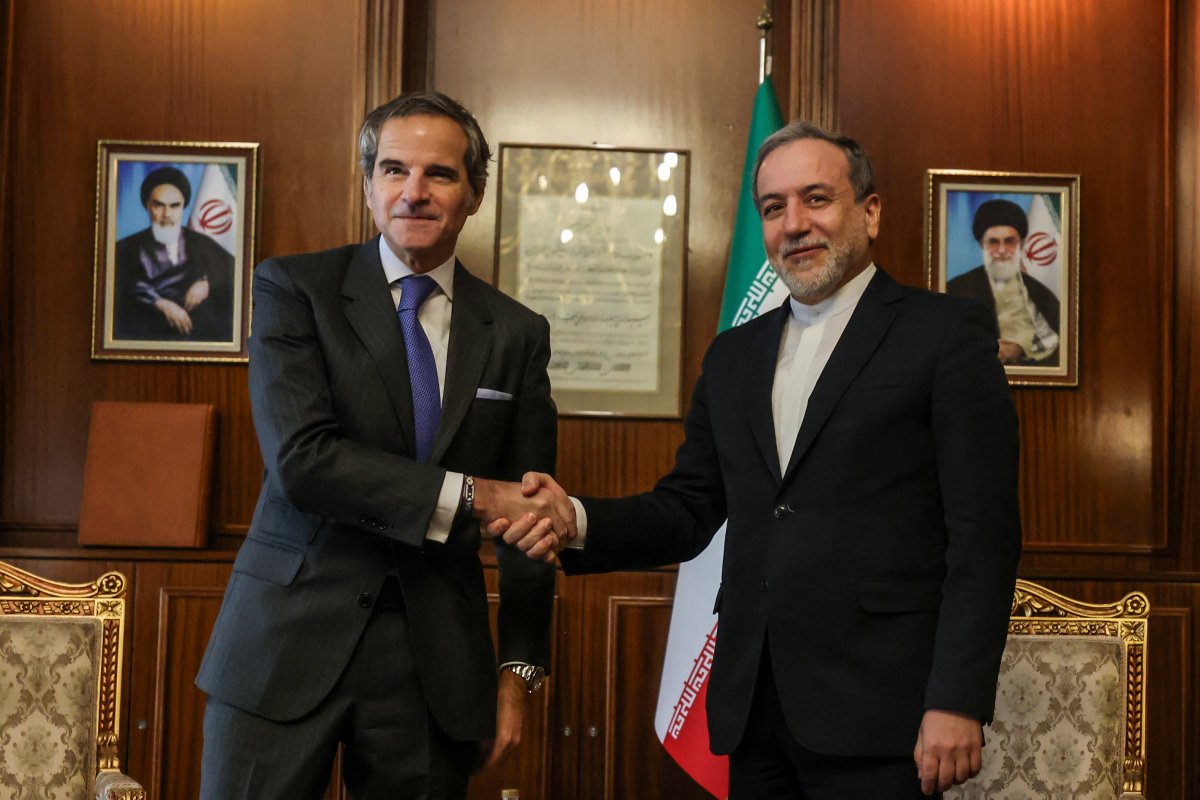
Where Does Iran's Nuclear Program Currently Stand?
Weapons-grade enrichment requires uranium purity levels above 90 percent.
Iran's current 60 percent enrichment—while still below this threshold—puts the country closer than ever to nuclear weapons capability. Tehran has argued that its program is peaceful and consistent with its obligations under the Treaty on the Non-Proliferation of Nuclear Weapons.
However, its ongoing refusal to fully cooperate with IAEA inspectors has raised doubts among Western governments.
The IAEA reported that Iran has advanced its program despite condemnation from the agency's Board of Governors in November. Inspectors have faced restricted access to certain sites, and questions about undeclared nuclear material found at several locations remain unanswered.
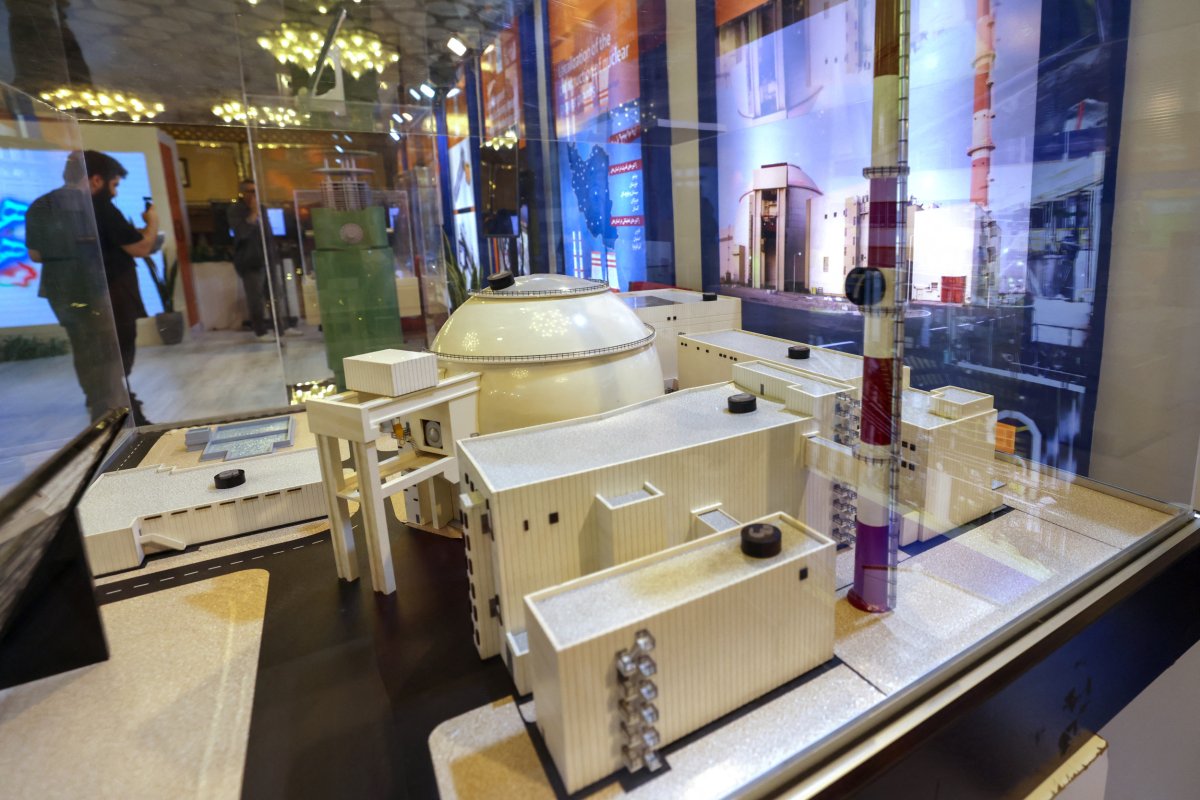
How Will Iran's Nuclear Escalation Work?
The strategic timing of Iran's nuclear escalation suggests a dual approach.
On one hand, officials have signaled a willingness to negotiate with Western powers, as highlighted by recent comments from Iranian President Masoud Pezeshkian. On the other hand, Tehran has maintained a hard-line stance, recently launching two attacks on Israel amid broader regional tensions.
The advanced centrifuges being deployed are organized into cascades——groups of machines that spin uranium gas to enrich it more efficiently.
While the IAEA did not specify the number of centrifuges Iran plans to operate, past cascades have included up to 160 machines each.
This setup would provide Tehran with significant leverage, allowing it to ramp up enrichment if negotiations falter.
This article includes reporting from The Associated Press
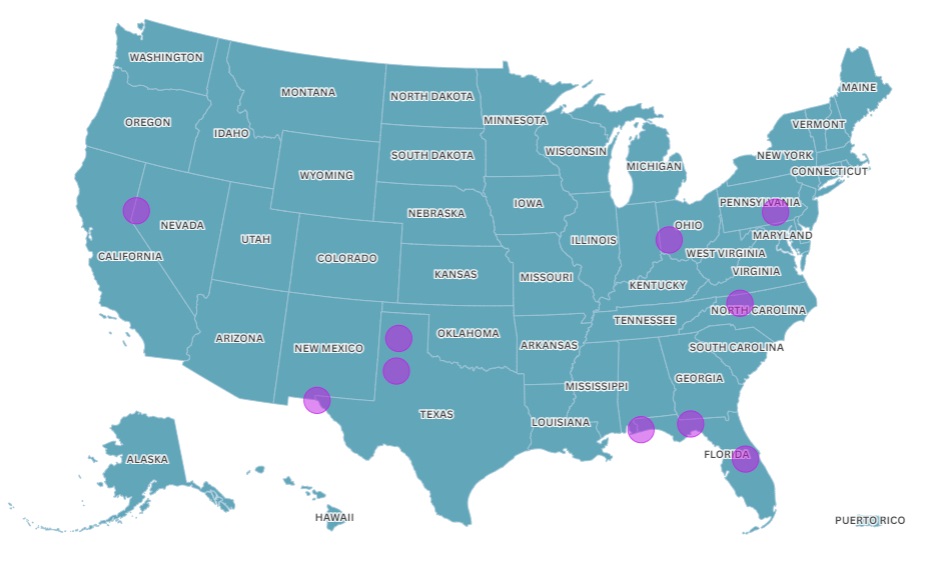
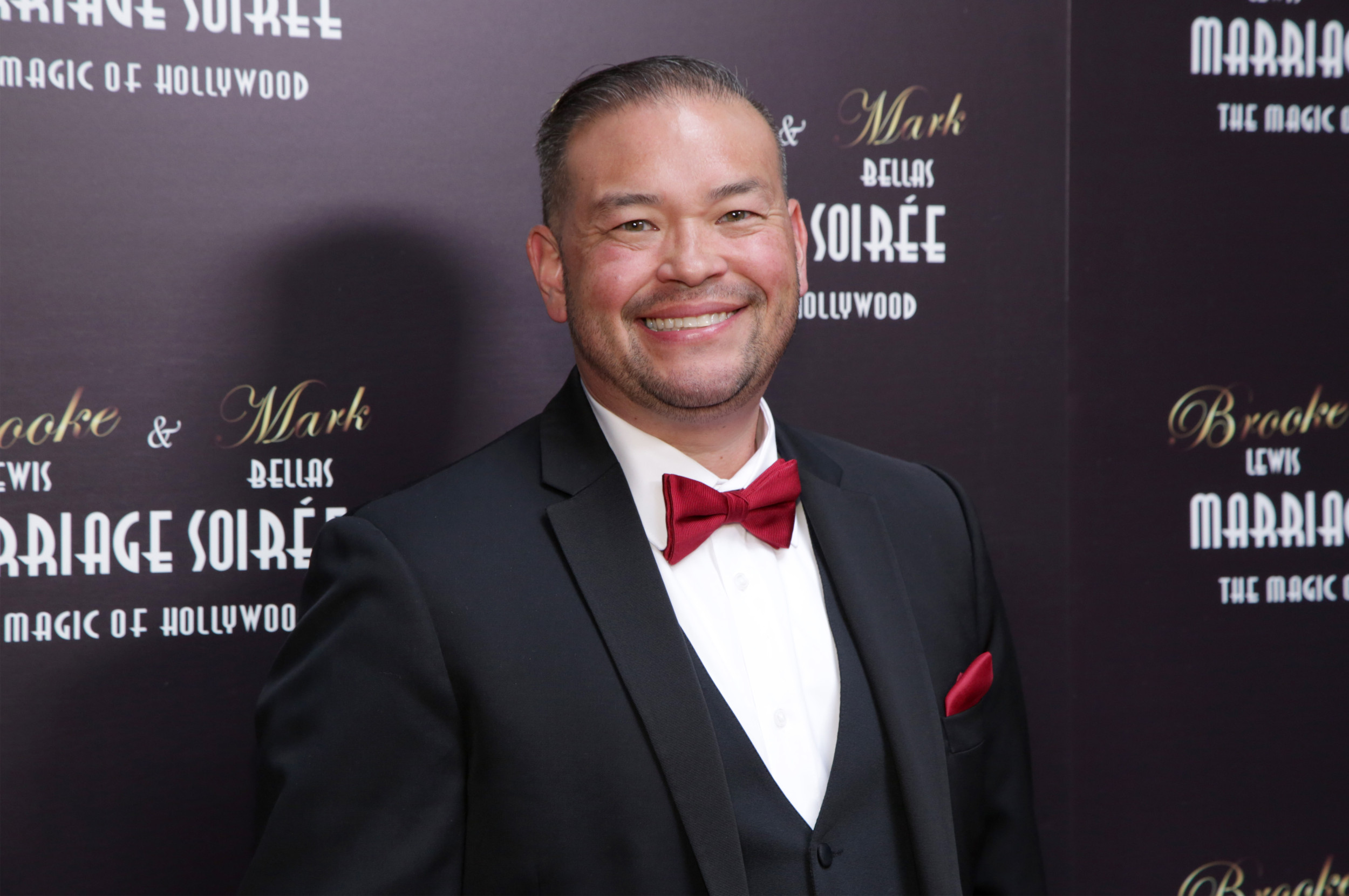

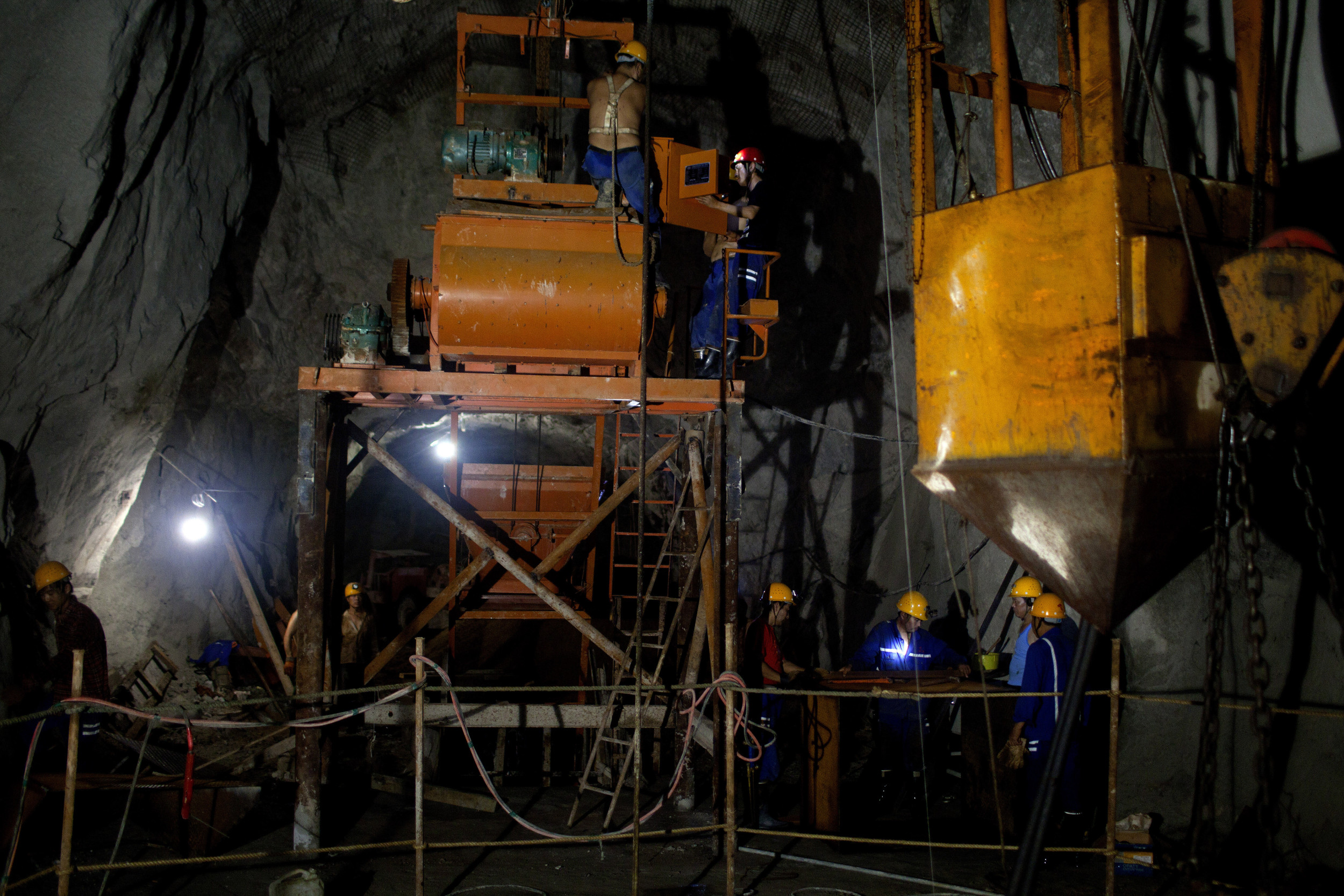


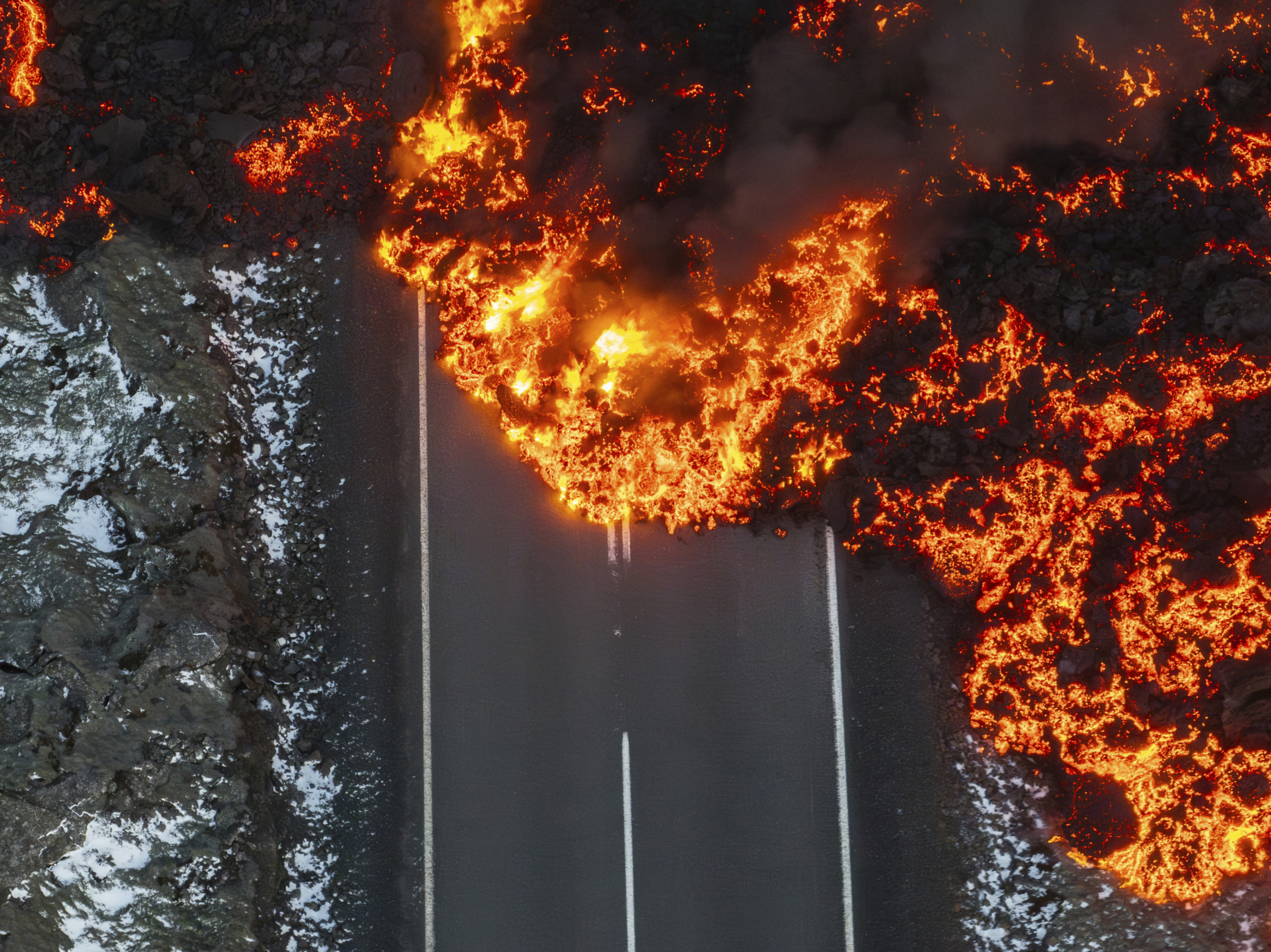

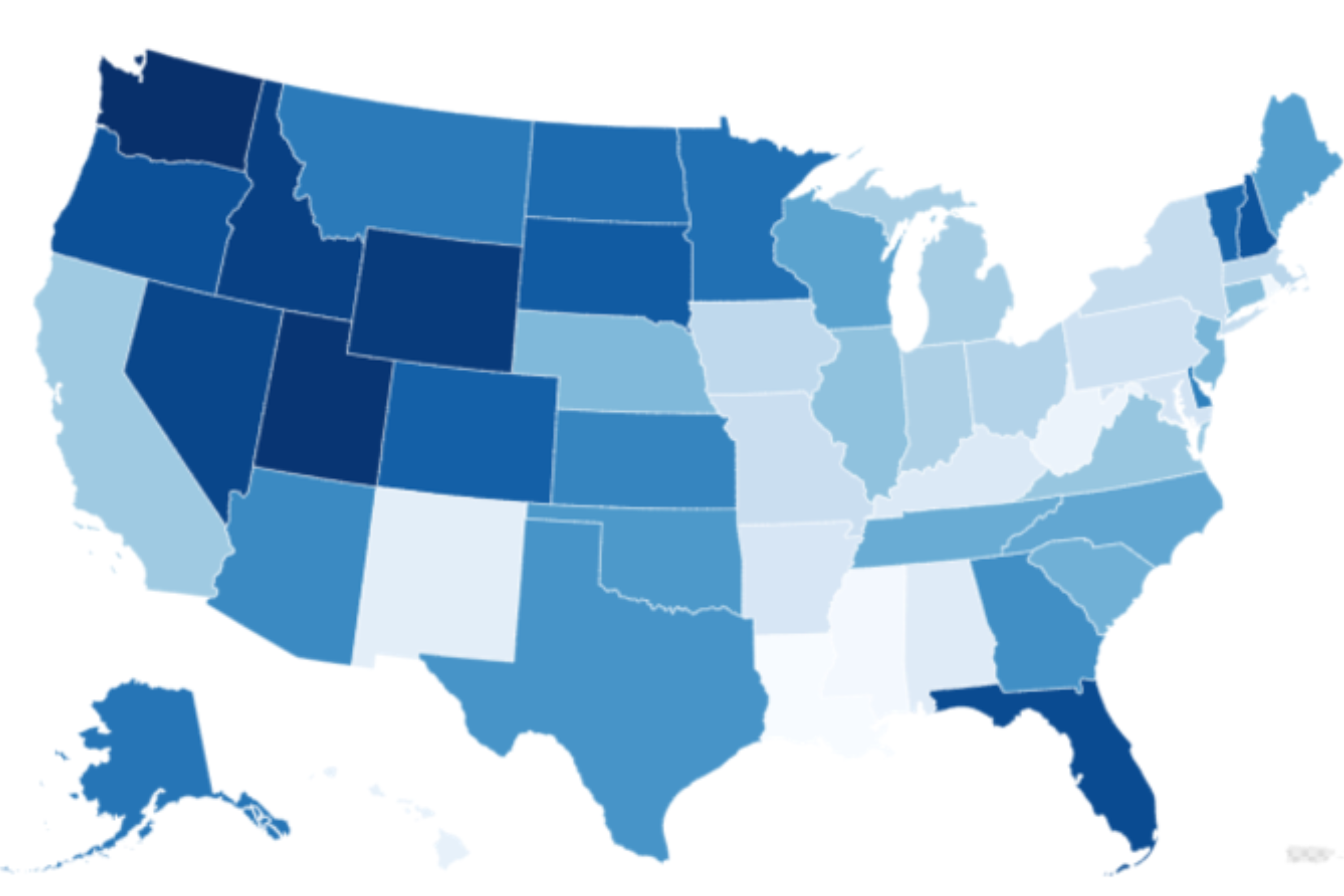
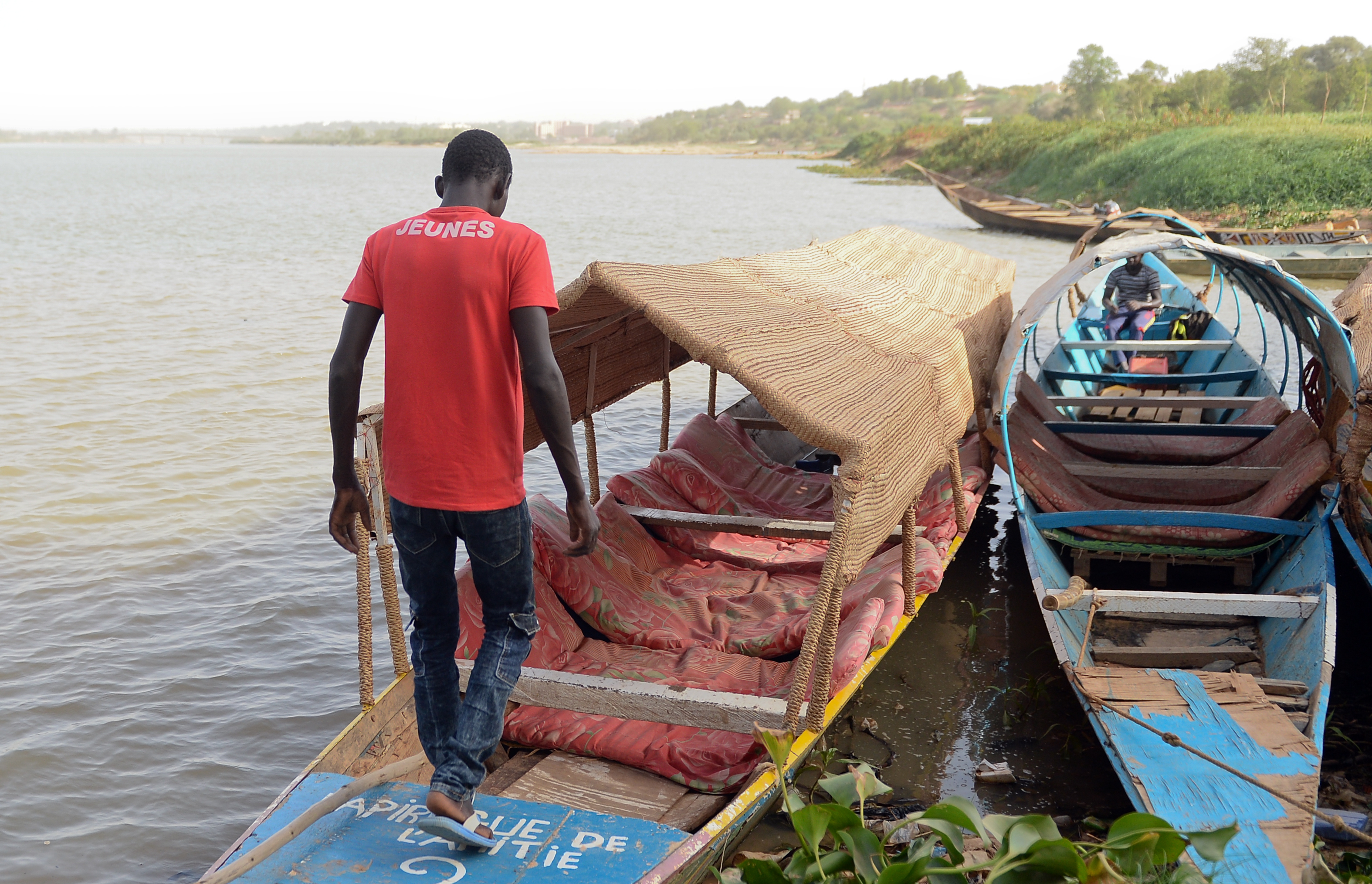









 English (US) ·
English (US) ·